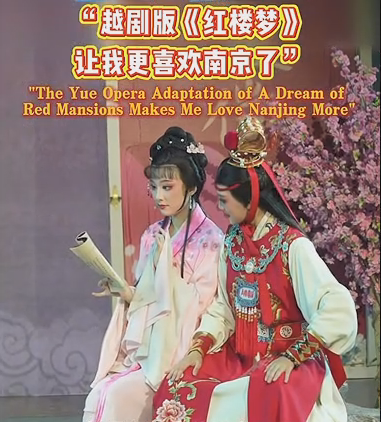
"After watching this performance, I like Nanjing even more." "If this play goes to Russia, I can help translate the subtitles into Russian." ... On the evening of July 21st, some sinologists and writers attending the 7th International Symposium on Literary Translation by Sinologists in Nanjing watched excerpts from Dream of the Red Chamber performed by the Nanjing Yue Opera Troupe.

Beijing Opera, also known as Peking Opera, is a preeminent style of Chinese opera that incorporates mime, martial arts, dance, and acrobatics besides instrumental music and vocal artistry. It originated in Beijing during the mid-Qing Dynasty (1644–1911) and reached its full maturity and recognition by the mid-19th century. It has always been cherished as one of China's cultural gems.
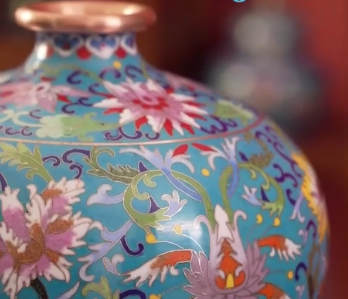
How does a copper vase achieve "rebirth from fire"? Cloisonné enters the kiln with a single hue and emerges with a myriad of colors. The moment cloisonné comes out of the kiln, its radiant luster bursts forth—every moment is a visual treat.
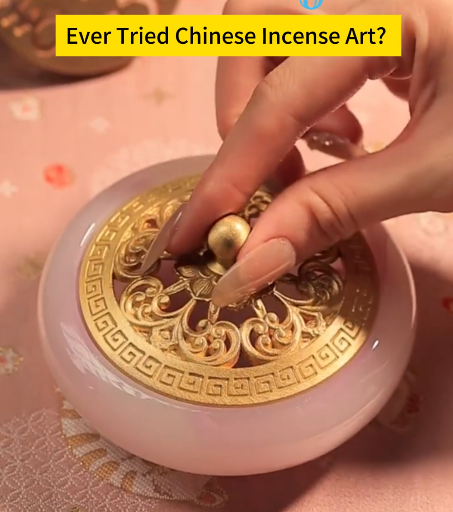
Have You Ever Tried Chinese Incense Art? Its Calming Magic Never Fails to Surprise You!
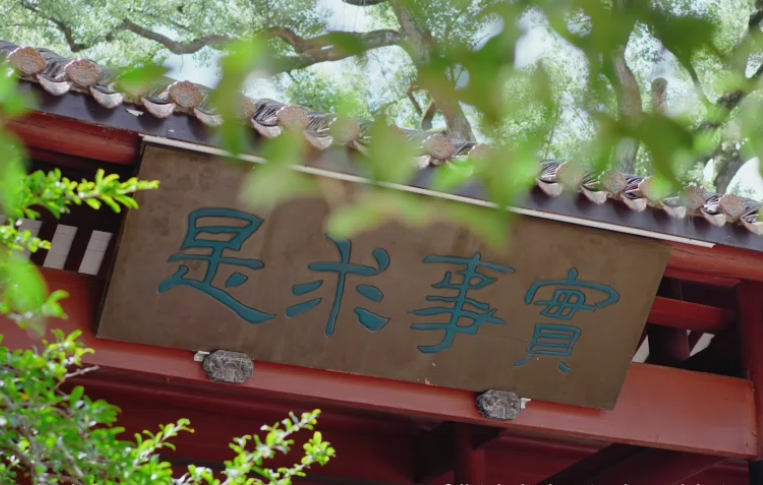
Yuelu Academy—As an academy even older than University of Cambridge, the great wisdom, "seeking truth from facts", took root here
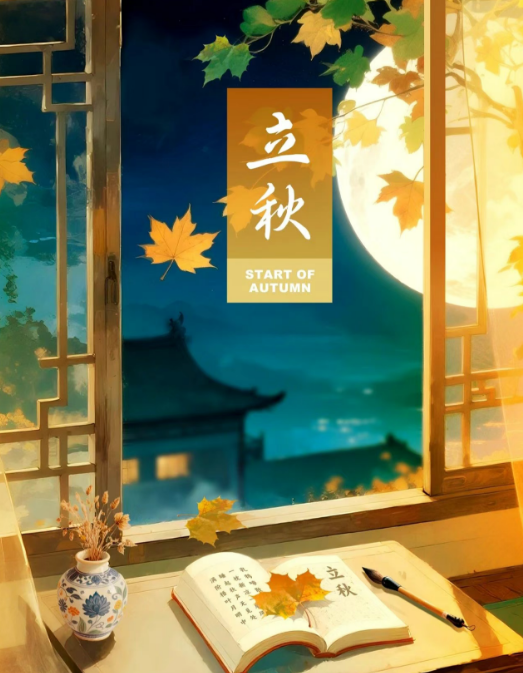
At the Start of Autumn, the crisp breeze in sunlit sighs breathes summer's last lullaby. Sunflower seeds ripen to exhale their golden prose, while autumn hums its tender themes through time's own stream.
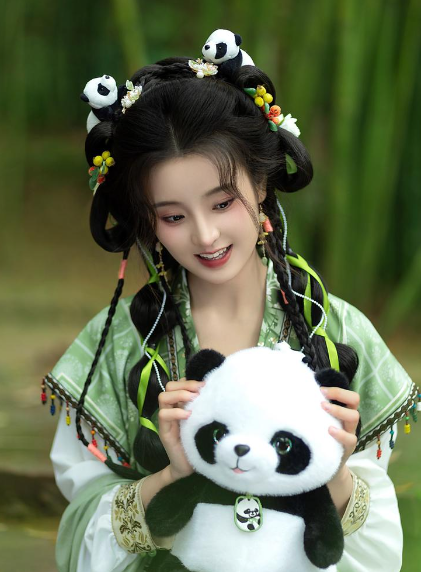
Do you know what the most iconic traditional clothing in ancient China was?
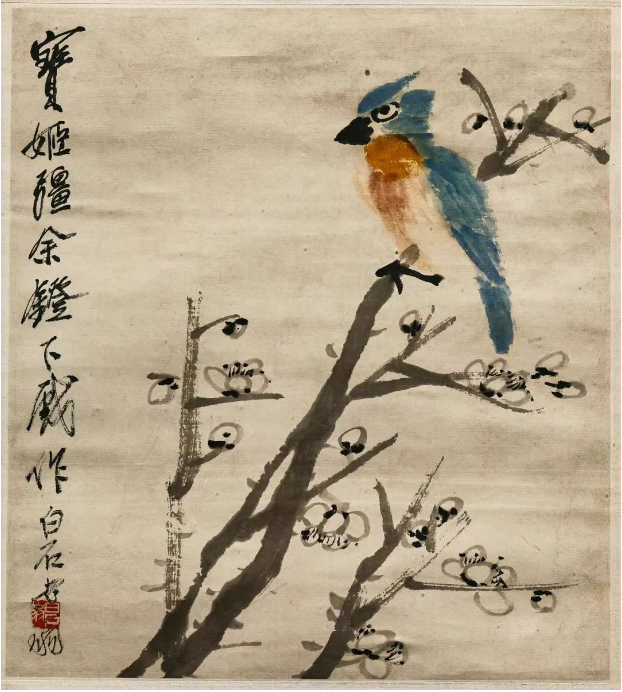
As one of the world's oldest and most enduring artistic expressions is Chinese painting, orGuohua, which translates to "national painting" or "native painting" in Chinese, andrepresents traditional Chinese painting as opposed to Western art forms.
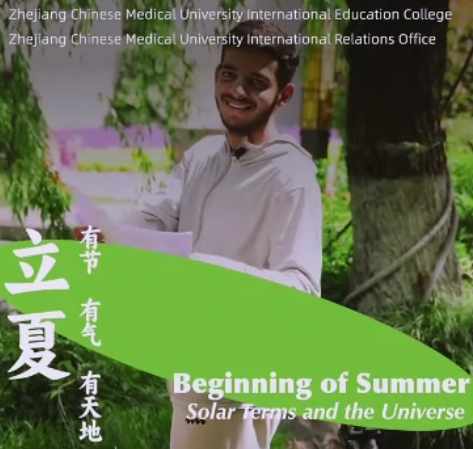
Today marks the Beginning of Summer,
When yang energy surges and plants thrive.
Let’s welcome the coming heat
with calm composure.
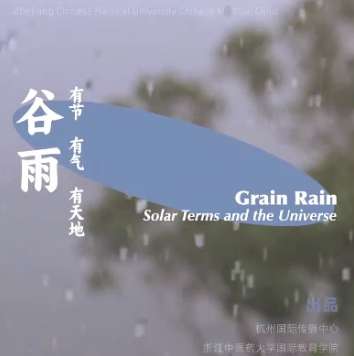
The drizzle has just paused. Here comes the last solar term of spring, Hold off on the heat and humidity, please. For I haven't yet had my fill of the lingering charm of spring blossoms in Hangzhou.

Qingming Festival—also known as ‘Tomb-Sweeping Day’ or ‘Pure Brightness Festival’—is a traditional Chinese festival that falls in early April every year, on the first day of the fifth solar term of the traditional Chinese lunisolar calendar. This year, it falls on April 4.
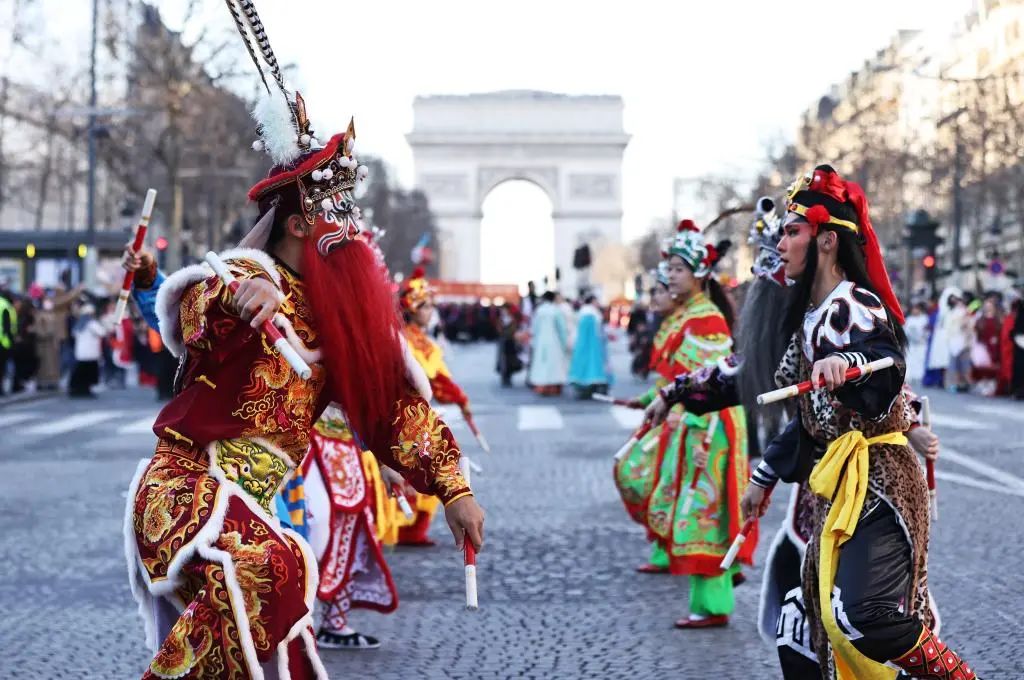
Recently, the Ministry of Culture and Tourism revealed the sixth batch of national intangible cultural heritage inheritors, with 58 selected from Guangdong. The province boasts a rich tapestry of traditions, from dance and craftsmanship to traditional medicine. Here are some of Guangdong's cultural treasures, with top spots to experience them up close.
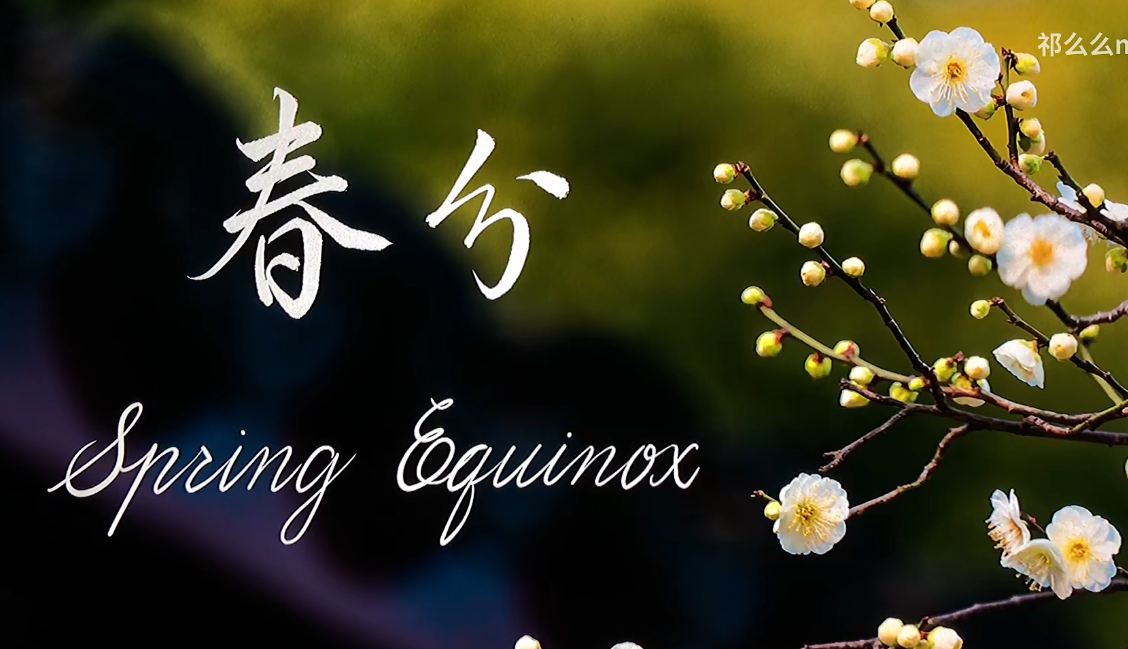
On March 20, we usher in Spring Equinox, one of the 24 solar terms. On this day, day and night are nearly equal in length, with the vibe of spring becoming more evident and the weather getting warmer, making it a great time to fly kites.
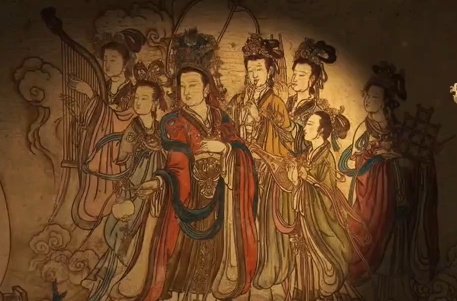
The Main Hall is complemented by the Mazu statue and her five incarnations, exuding solemnity and peace.
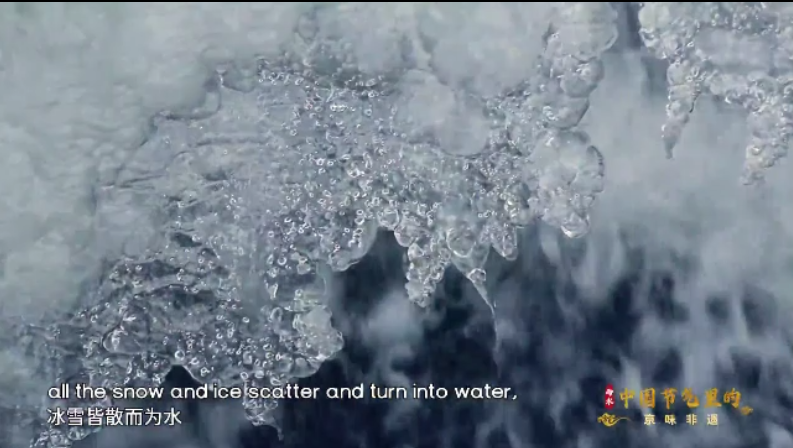
February 18 is Rain Water, the second of the 24 solar terms. During this period, the temperature rises and rainfall increases, bringing the earth to life with the nourishment of spring rain.
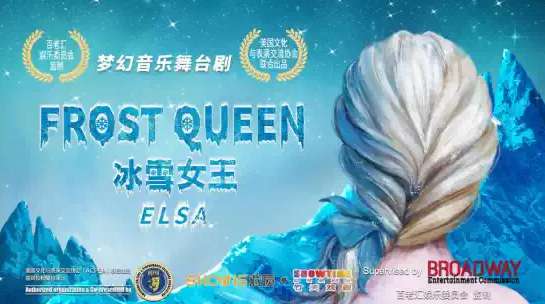
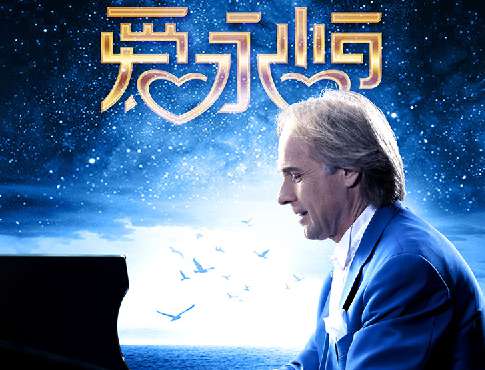
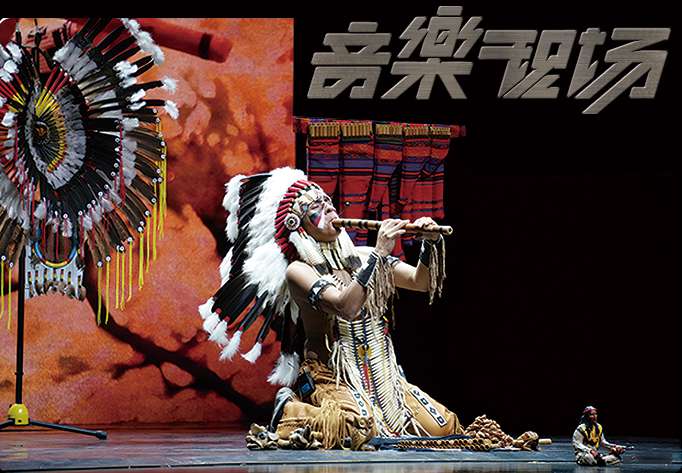
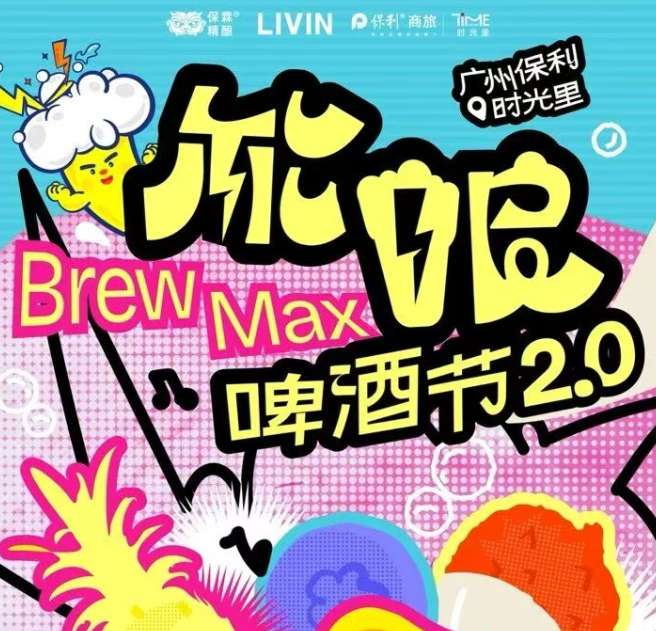



















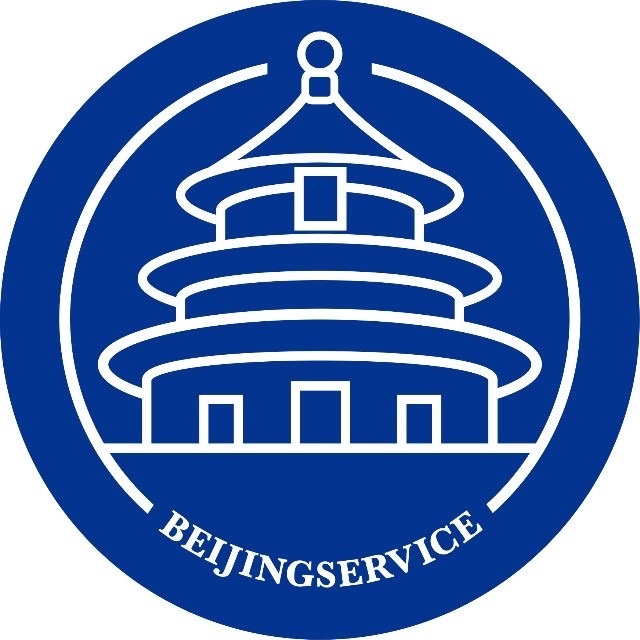
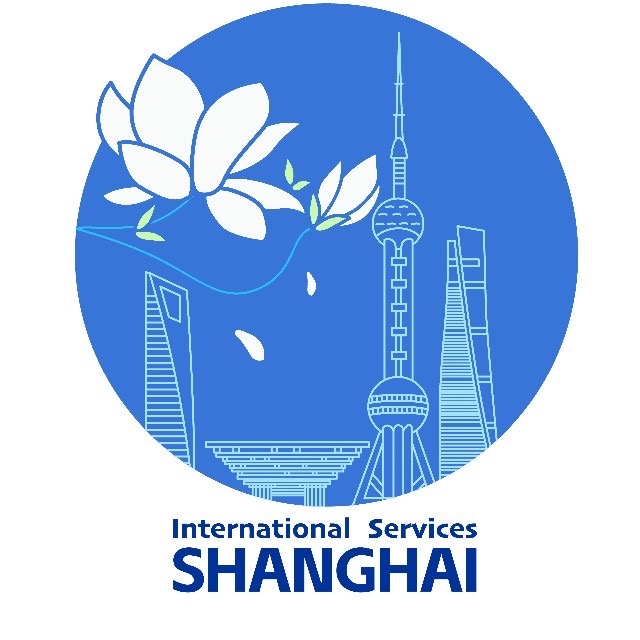



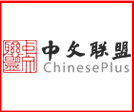
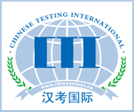
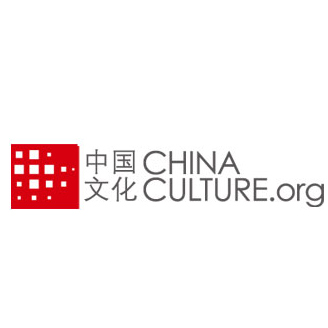
 京公网安备
京公网安备